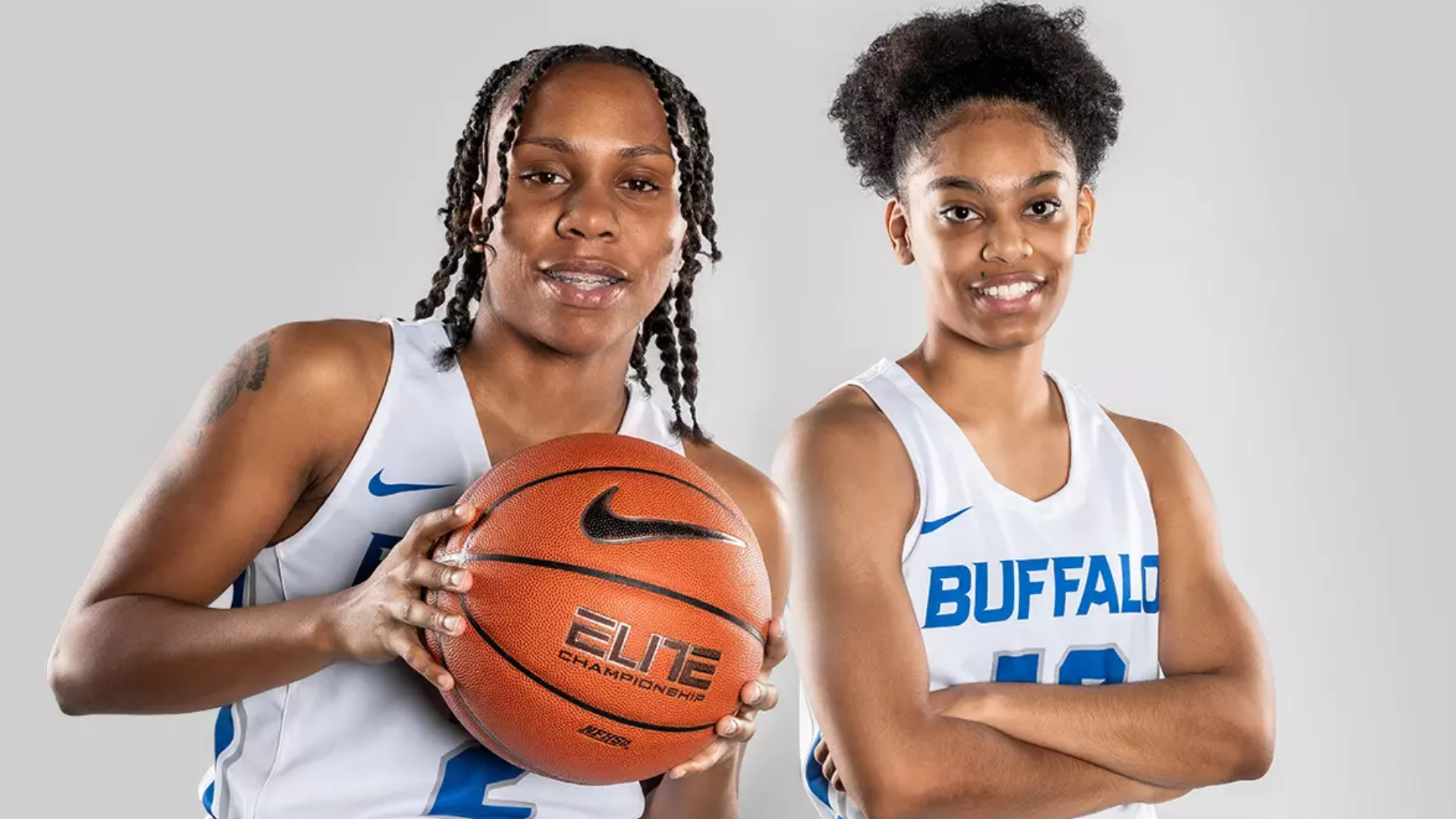Bowling Green, OH — The Bowling Green Falcons women’s basketball team entered the 2024–2025 season facing uncertainty, but what unfolded was a campaign defined by resilience, identity-building, and flashes of promise that hint at a bright future in the Mid-American Conference (MAC).
Losing two veteran starters to graduation — both of whom had anchored the team’s defensive schemes and floor spacing — left Head Coach Kurt Miller with a young roster and a challenge: rebuild a competitive core while keeping Bowling Green’s up-tempo identity alive. And while the final record dipped below .500, the Falcons overachieved relative to expectations, stealing four gritty conference wins and delivering several inspired performances that signaled a foundation being laid.

Leila Turner’s Arrival: A Freshman With Veteran Poise
Among the highlights of the season was the emergence of freshman point guard Leila Turner, whose maturity and composure belied her age. Turner averaged 12.4 points, 4.8 assists, and 1.6 steals per game, instantly establishing herself as one of the most promising young guards in the MAC.
“Leila has this rare calm under pressure,” Miller said following the team’s upset win over Eastern Michigan in February. “She’s not afraid to take big shots, but more importantly, she knows when to make the right pass. That’s a floor general.”
Turner’s leadership was most evident in late-game situations. Whether attacking downhill to draw fouls or facilitating out of high ball screens, she repeatedly put the Falcons in positions to compete against more experienced rosters. Her court vision and transition speed became the cornerstone of Bowling Green’s fast-paced offensive approach, which ranked among the top three in the MAC in possessions per game.

The Rise of Madison Price: Versatility on the Wing
Complementing Turner’s impact was sophomore wing Madison Price, whose breakout year provided Bowling Green with an additional scoring threat. Averaging 10.7 points per game on 27% usage, Price embraced a dual role: spacing the floor with perimeter shooting while attacking mismatches in transition.
Her defensive length also became a weapon, allowing the Falcons to switch more freely across the perimeter and push the pace after turnovers. While still developing consistency, Price’s growth signaled the emergence of a dynamic one-two punch alongside Turner — a tandem capable of shaping the Falcons’ offensive identity for seasons to come.
Offseason Priorities: Building an Interior Presence
While Bowling Green thrived in transition and found rhythm in guard play, the 2024–2025 season exposed a glaring weakness inside the paint. The Falcons ranked near the bottom of the MAC in both rebounding margin and points allowed in the post, often relying on undersized forwards to battle taller, more physical front courts.
This offseason, the coaching staff responded decisively:
- High-Major Transfer: A 6’4” transfer center from a Big Ten program adds rim protection, rebounding stability, and an interior scoring option.
- Top-100 Front court Recruit: At 6’2”, incoming freshman Taryn Jacobs brings athleticism, high-motor rebounding, and defensive versatility to immediately bolster the Falcons’ rotation.
These additions signal a strategic pivot toward a more balanced, bruising style — a necessary evolution if Bowling Green hopes to contend with the MAC’s perennial powerhouses like Toledo, Ohio, and Kent State.
The Road Ahead: 2025–2026 and Beyond
With a maturing backcourt, upgraded interior size, and a full offseason of development, Bowling Green enters the 2025–2026 season with a renewed sense of optimism. Turner is expected to take a sophomore leap, Price continues to refine her offensive efficiency, and the arrival of interior reinforcements creates opportunities for more diverse offensive sets and improved half-court defense.
“We’ve established the foundation,” Miller emphasized during spring workouts. “Now it’s about turning potential into consistency. We’ve got the talent to surprise people next season.”
Expect the Falcons to climb the MAC standings as their guard-driven tempo blends with an enhanced interior presence — creating a roster capable of dictating pace against smaller opponents while holding their ground against bigger, physical teams.
Bottom Line
The 2024–2025 season may have been labeled “transitional,” but Bowling Green’s on-court growth, roster upgrades, and emerging leaders have positioned the Falcons as a MAC dark horse heading into 2025–2026. With one of the conference’s most dynamic young point guards and a rapidly improving supporting cast, this program is on the cusp of a competitive resurgence.
Key Takeaway: The Falcons are no longer simply rebuilding — they’re reloading.




You must be logged in to post a comment.